 Introduction to sclerosis of the spine
Introduction to sclerosis of the spine

When a person has sclerosis of the spine, the spine takes on a curved shape that often resembles the letters “C” or “S” and the spine is not straight as it should be. Sclerosis of the spine is a medical condition in which the tissues and other parts of the spine become hardened and stiff. Sclerosis can occur within other parts of the body as well and it usually involves inflammation that is caused by an immune system reaction.
Sclerosis of the spine is noticed when the spin is twisted at various locations, usually in the middle or end parts of the spine, something that can be mild or more severe in nature.
In some cases, this can progress to further problems, such as spinal stenosis or even multiple sclerosis.
Multiple sclerosis is a common chronic medical condition in which the various parts of the nervous system are damaged. A rare sclerosis is systemic sclerosis, in which the tissues thicken, and tuberous sclerosis is another rare condition which causes tumors in various organs.
Amyotrophic lateral sclerosis is a very serious condition and neurological disorder which can cripple a person completely.
There is also lichen sclerosis which is more of a skin related condition that dermatologists often see.
Causes of Sclerosis of the Spine
The cause of sclerosis of the spine, also called spinal sclerosis, are many and varied. Even after a patient is diagnosed with it, they may not know what the underlying cause was.
Some scientists believe that spinal sclerosis us related closely to family genetics and is, as such, hereditary. Sclerosis cannot be prevented but there are steps that can be taken in order to reduce the risk of complications.
One of the main causes of such spinal problems are congenital defects or uneven leg length. An injury or damage to the central nervous system is often responsible for sclerosis of the spine as well, and even arthritis and osteoarthritis (wear and tear damage to joints) can be responsible.
Symptoms of Spinal Sclerosis
Some of the symptoms of spine sclerosis include reduced lung capacity and increased pressure on the heart, especially during strenuous physical activities.
Other symptoms include uneven muscles on each side of the spine and slow nerve responses. A person with this problem may also have uneven leg or hip length and asymmetric breasts, especially in females.
Treatment for Spinal Sclerosis
The treatment for sclerosis of the spine depends on at what stage the problem was diagnosed.
Some treatments that are common include physiotherapy and physical therapy, but the effectiveness of such treatments will depend on the curve's size in the spine and the patient's maturity and injuries. It is important to learn about proper posture and how to sit, stand and sleep properly in order to give the spine a maximum level of support.
There are also devices that can be fitted onto the torso to help fix the position of the spine and support that entire part of the body, from the lower torso all the way up to the neck.
If you have noticed an unusual curvature of the spine, talk to your doctor for proper diagnosis. After that, you will be able to discuss treatment options.
- www.nhs.uk/conditions/scoliosis/
- medlineplus.gov/spinalcorddiseases.html
- Photo courtesy of Michael Dorausch by Flickr: www.flickr.com/photos/chiropractic/3813001430/




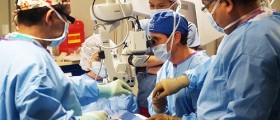
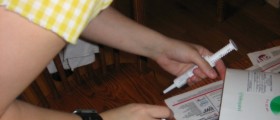
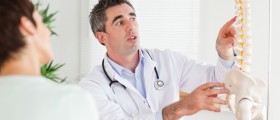
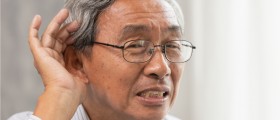
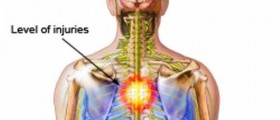




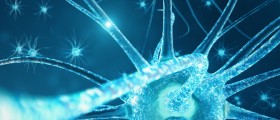
-Causes,-Symptoms,-Diagnosis,-Treatment_f_280x120.jpg)


Your thoughts on this
Loading...